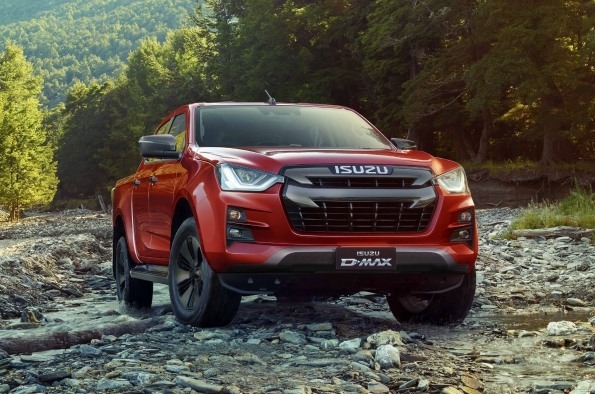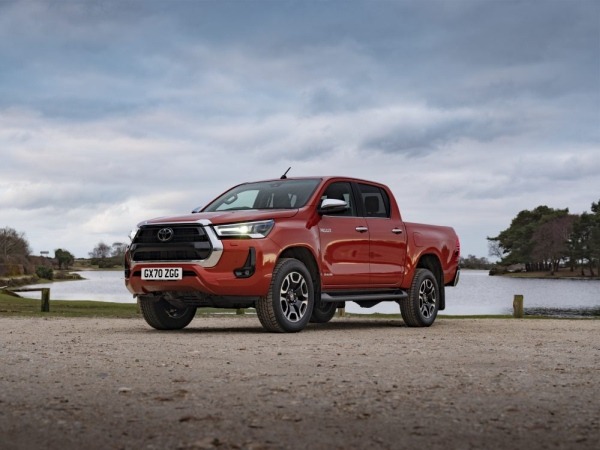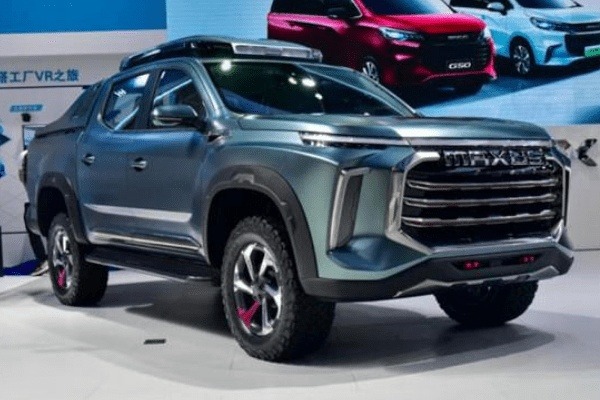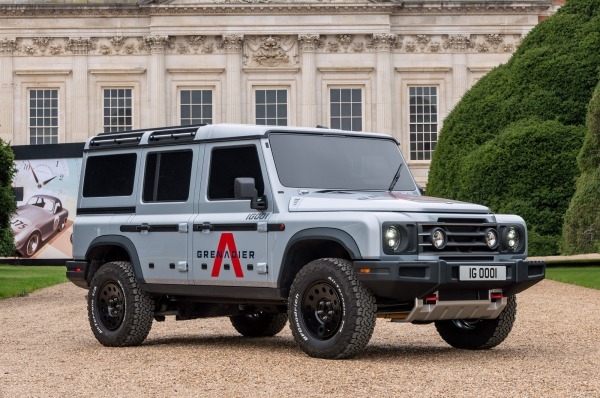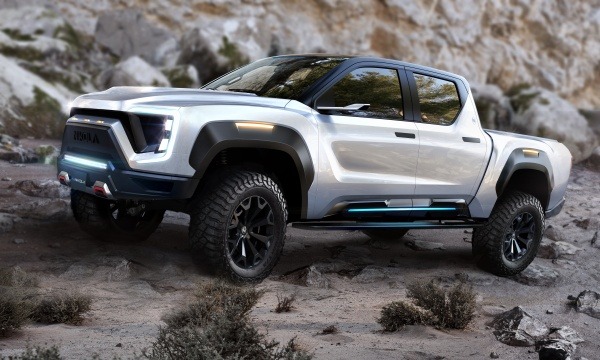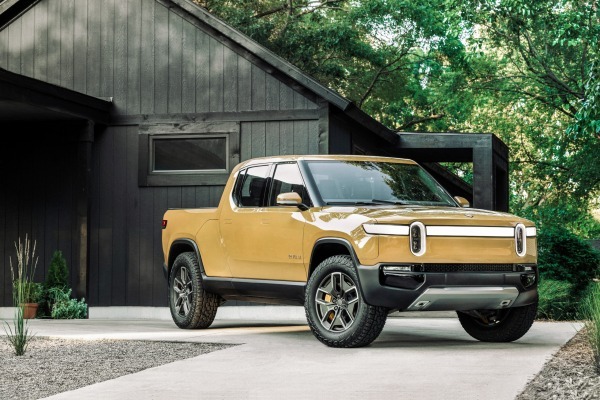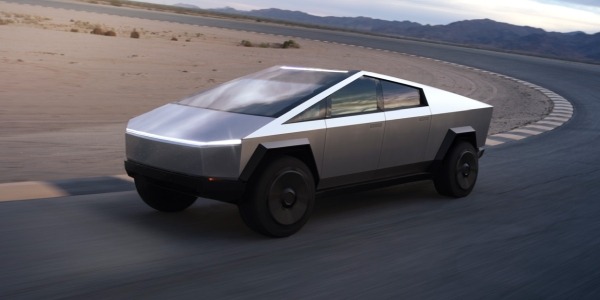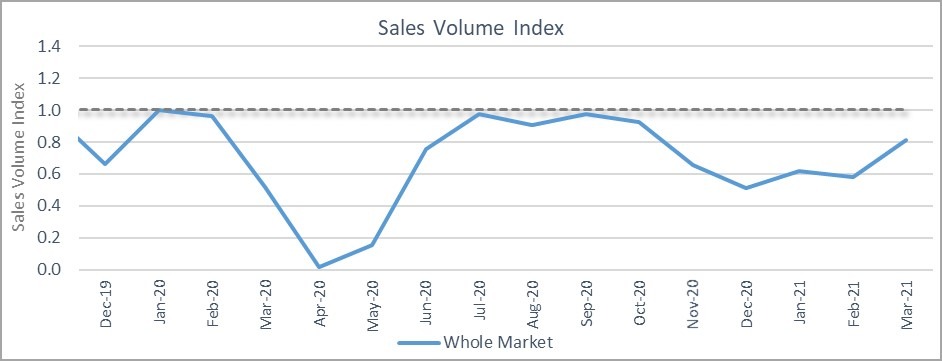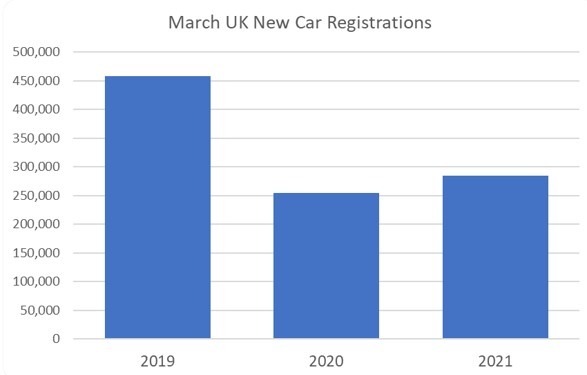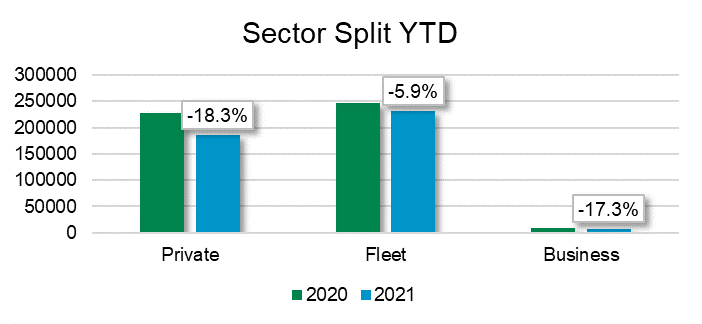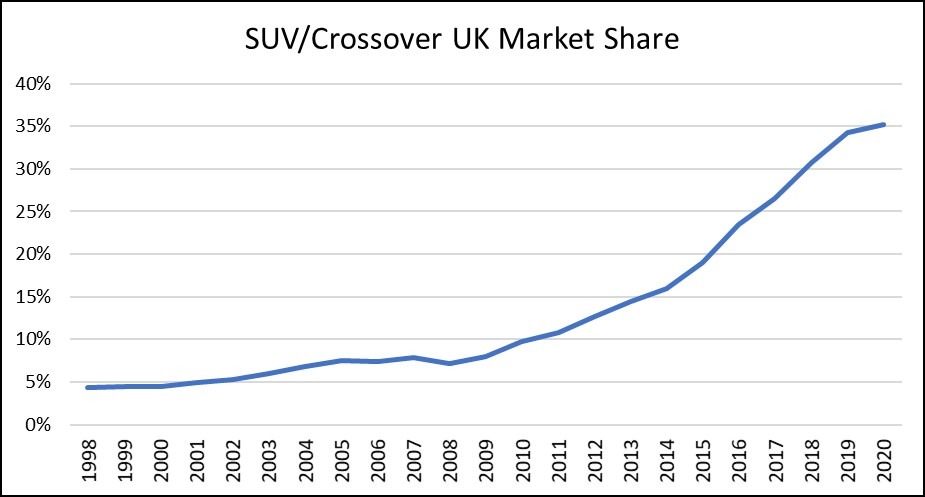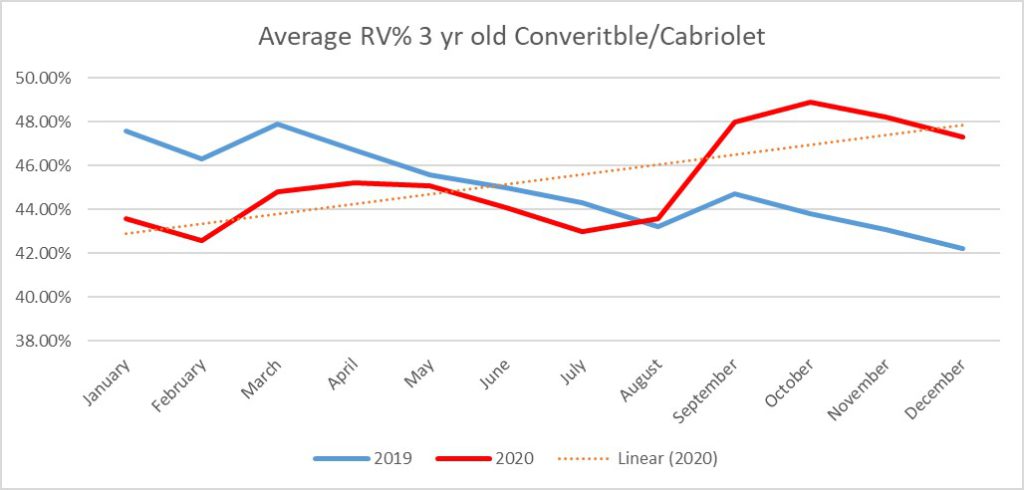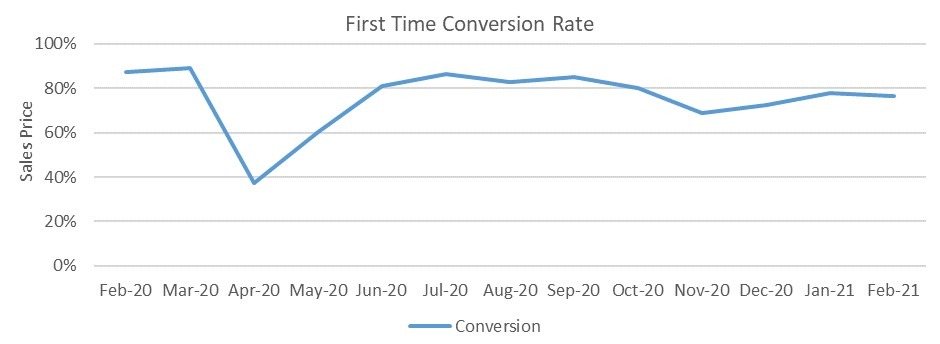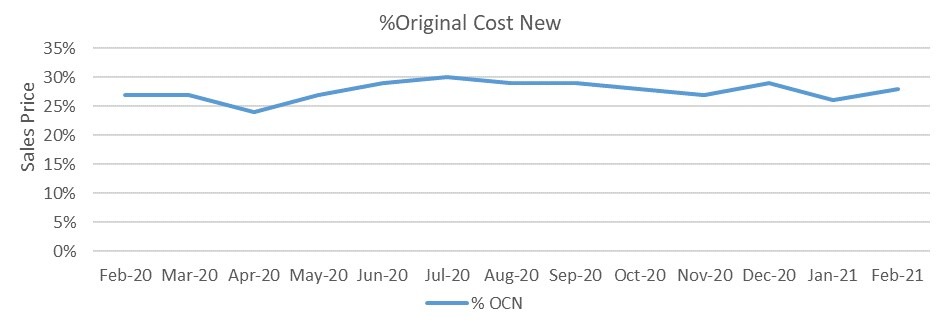The Volkswagen (VW) ID.4 is one of the first battery-electric vehicles (BEVs) in the C-SUV segment, with limited competition as premium brands predominantly focus on higher segments. The exterior design is neutral and conservative, but the model is still a likeable fully-electric SUV that is arguably more appealing than its smaller sibling, the ID.3, in terms of looks, value and usability.
The interior is modern and airy, offering roominess comparable to vehicles in higher segments, with especially good legroom in the rear. With room for five adults and a boot capacity of 543 litres, it should meet the practical needs of most consumers. The overall impression of interior quality is lower than for other VW models, but is a slight improvement on the ID.3.
The ID.4 has a good level of standard equipment, but very few available options. Nevertheless, the augmented-reality head-up display is a technological highlight, and the limited options packages will generally produce well-equipped used cars.
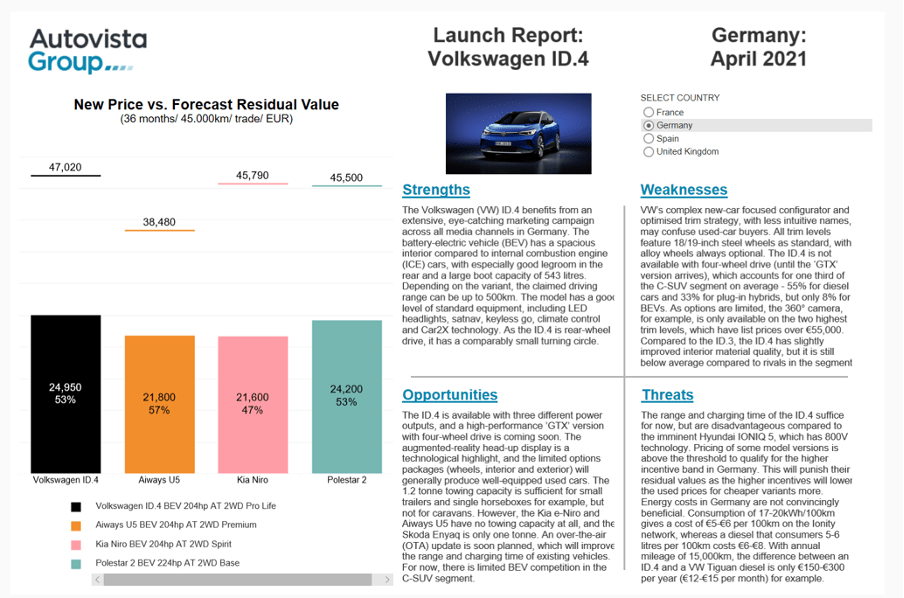
Three different power options, and several trim levels, enable the ID.4 to appeal to a wide range of customers with different budgets. The two-tonne weight does mean performance is only average for a BEV, but a high-performance ’GTX’ version with four-wheel drive is coming soon.
Depending on the variant, the claimed driving range can be up to 500km, which should cover most needs. However, electricity consumption is higher (23 kWh/100km) than announced (19 kWh) and is especially high on motorways. Hence, the real range is closer to 380-400km. A wall box is highly recommended too, as the car requires two days to charge with a standard plug. Nevertheless, the range and charging time of the ID.4 are competitive for now and with over-the-air (OTA) updates planned, both will improve.
The addition of the ID.4 to VW’s line-up will help the manufacturer meet its CO2 emissions targets. With the Tiguan available with diesel, petrol and plug-in hybrid (PHEV) powertrains, the fully-electric ID.4 means VW is now offering a full range of engines in the compact SUV segment.
List prices are comparatively high, although this is slightly compensated for by the level of standard equipment. As with all BEVs, there are concerns about where the ID.4 will fit into the used-car market once they start to come back in any volume. There remains a large price gap compared to internal combustion engine (ICE) vehicles, and surging demand is mounting pressure on the residual values of BEVs.
Click here or on the image above to read Autovista Group’s benchmarking of the Volkswagen ID.4 in France, Germany, Spain and the UK. The interactive launch report presents new prices, forecast RVs and SWOT (strengths, weaknesses, opportunities and threats) analysis.

 Close
Close